A Cotswolds Travel Guide: Everything You Need To Know
There’s something timeless about the Cotswolds. Rolling green hills stretch into the horizon, golden-stone cottages glow in the sunlight,...
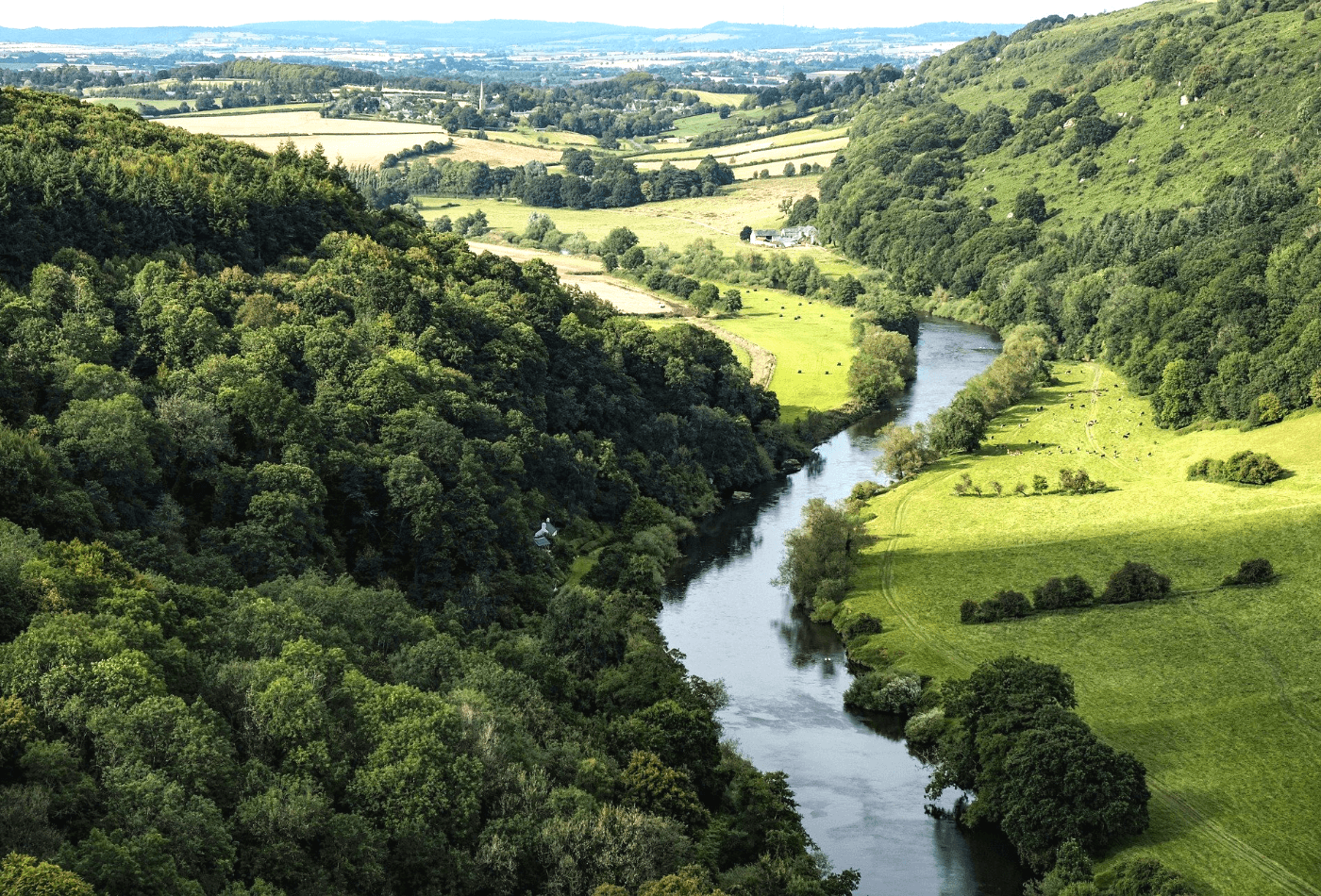
With over 130 miles of stunning trails, walking the Wye Valley is becoming a popular challenge. So strap on your boots, pack your picnic and set off on your journey through the beautiful Wye Valley.
Passing through many quiet towns and villages, the Wye Valley is a stunning walk along the Welsh border. You will experience a variety of paths, ruins, castles and rivers during your trip. Plus, you may even catch a glimpse of the impressive Red Kite. Whether travelling alone or with your loved ones, the Wye Valley Walk is an unforgettable experience.
Carry on reading to find out more about walking the Wye Valley…
Starting at Chepstow, the Wye Valley Walk is a stunning journey through Gloucestershire. The 139-mile path weaves around the River Wye and is a mixture of road, gravel and grass pathways. Although many traverse the whole route over several days and trips, walking the Wye Valley is manageable in smaller sections.
Walking is one of the best forms of exercise and allows you to appreciate everything along the Wye Valley Walk. With numerous quaint villages and towns, your journey will be a relaxing one that removes you from the hustle and bustle of everyday life.
The walk journeys North from Chepstow and explores the Wye Valley Area of Outstanding Beauty. Passing through Monmouth and Ross-on-Wye, the route offers fantastic views and landscapes worthy of a picture or two.
One of the best features of the Wye Valley Walk is the accessibility from both Welsh and English towns. Whether you are visiting Gloucester, Hereford or any of the stunning areas close by, walking the Wye Valley is a fantastic way to explore.
With the Wye Valley Walk being such a long route, you may want to try something shorter and more achievable in a couple of days. There are many different walks to choose between.
Wherever you are, you will likely be greeted with scenic landscapes and beautiful river walks. So why not strap on your walking boots and go on a journey of discovery walking the Wye Valley.
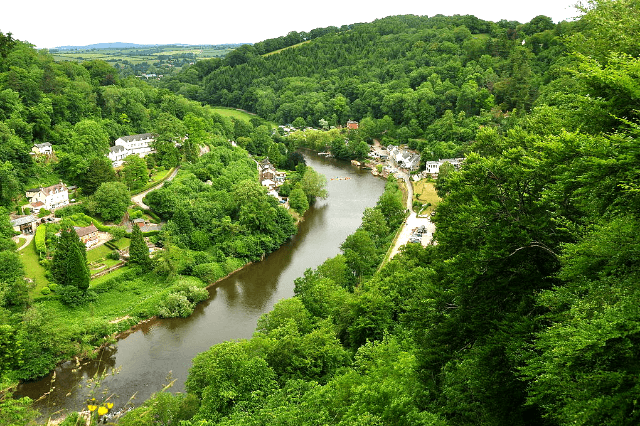
If in the Monmouth area, the Peregrine Path is a 3.6-mile short walk to Symonds Yat. The route is perfect for all abilities and is accessible to wheelchair users. In fact, about 3.1 miles of the path is traffic-free with no accessible roads.
Along the way, you straddle the English and Welsh border. You will follow the Upper Wye Gorge until you reach the Symonds Yat and hopefully see some nesting Peregrine Falcons.
Once you reach the small town of Symonds Yat, take a break in one of the many local tea rooms. You might even fancy a riverside lunch in Ye Old Ferrie Inn.
No matter your ability, the Peregrine Path is ideal for seeing a glimpse of the Wye Valley. If you want to venture further afield, why not take a wander around the accompanying Forest of Dean.
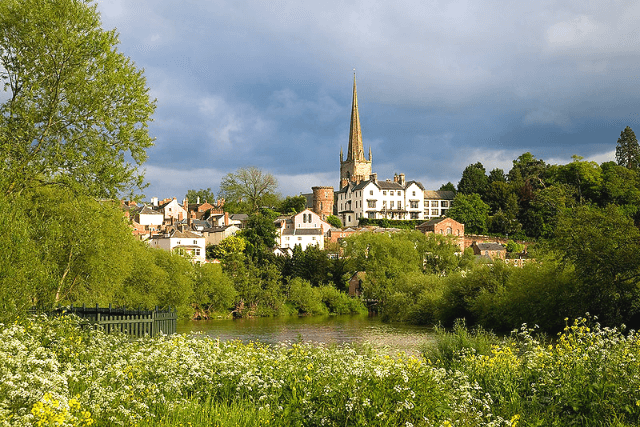
Starting at the market town Ross-on-Wye, the path weaves through the Wye Valley Area of Outstanding Natural Beauty and finishes at Hereford. It is a challenging walk that needs careful planning beforehand.
With over 17-miles of stunning landscapes, you will need to consider meals, water and accommodation before starting. Once you have planned the walk, you will have a chance to see sights such as Capler Wood, the River Wye and Hereford Cathedral.
If you decide to finish in Hereford, you have an opportunity to discover the city. You may want to enjoy a beer at the exciting Chase Distillery. With so many activities in Herefordshire, you will never be short of things to do after your journey along the Wye Valley Walk.
When you are walking the Wye Valley, you will never be short of things to do. Sometimes it is worth taking a break and exploring the sights on the way to give yourself a rest.
Why not take advantage of a stunning viewpoint and enjoy your picnic in style. Or you could stop in one of the many quiet villages along the way and treat yourself to a hot pot of local tea.
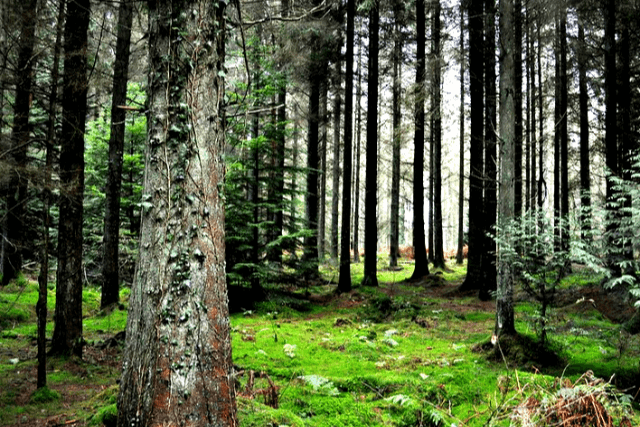
The Forest of Deanis an extensive area that covers the West of Gloucester. The range is full of little towns and villages and is a great place to spend the night if you require accommodation.
The ancient forest, once a source of timber for Tudor battleships, is now a tourist hotspot. There is a range of picturesque hikes and photo opportunities along the way. Throughout the forest, there are camping spots, mountain biking trails and much more.
Whether you are following the Wye Valley Walk or passing through, the Forest of Dean is a beautiful place to spend some time.
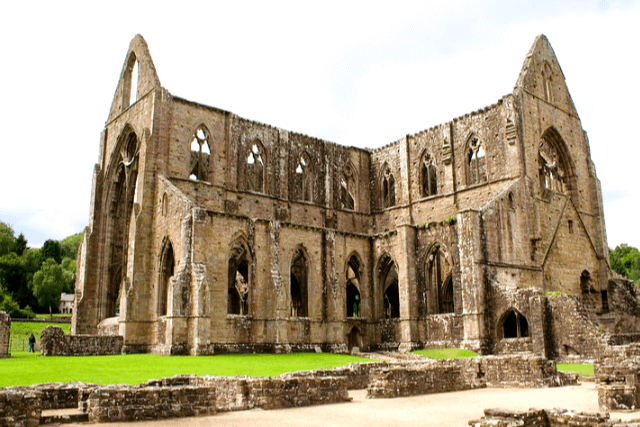
Looking like something from the movies, Tintern Abbey is a national icon on the banks of the River Wye. The stunning gothic architecture and rich history make Tintern Abbey a unique sight along the Wye Valley Walk.
Throughout history, notable scholars have visited the Abbey ruins. From William Wordsworth to JMW Turner, the Abbey has provided inspiration and beauty for many centuries.
With unique views of the Abbey, Tintern is a great place to stop along the way to sit down and enjoy a relaxing picnic.
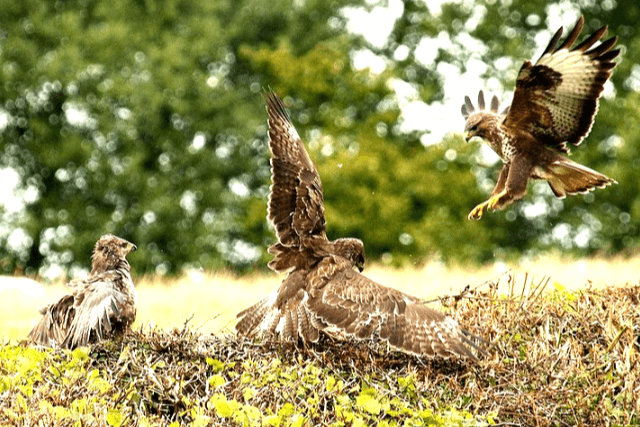
With so many historical sights along the way, the Red Kite Feeding Centre in Rhayader is a unique experience hard to miss. Becoming an official feeding centre in 1993, Gigrin farm hosts up to 600 wild Red Kites each day for feeding.
The farm uses fresh meat, and feeding takes place around 14:00 each day. While it may seem that this behaviour isn’t good for Red Kites, the RSPB actually requested this site become a feeding site. That was to monitor the birds over winter and to draw people away from the kites nesting sites.
The impressive spectacle is open to the public from January to December, Monday to Wednesday, Saturday and Sunday from 12:00 until 17:30. Throughout the school holidays, Gigrin Farm is open every day at the same time.
To make the most of your walk in the Wye Valley in comfortable, convenient locations. The 139-mile walk passes through many quiet villages and towns along the way, so you can be sure to find the ideal accommodation for you.
While a stay in a hotel can be convenient, it can often become expensive. Try staying in a last-minute cottage or camping to make the most of your visit to the River Wye area.
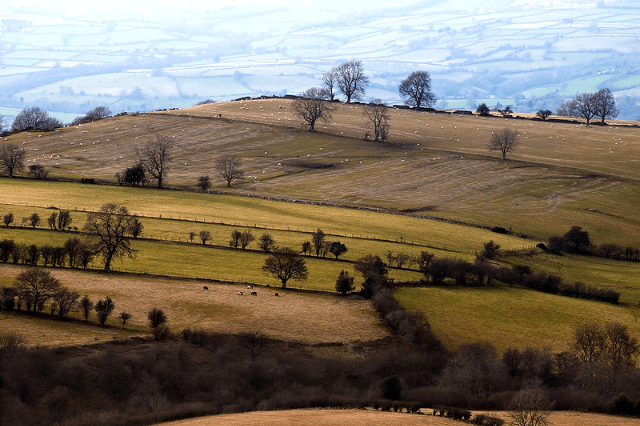
You will approach Hay-on-Wye on your mammoth walk up the Wye Valley. The Welsh town is a perfect stopping point as it has good amenities, shops and pubs for the weary traveller.
Fellow travellers and locals will treat you to a wonderful atmosphere. Whether you want to rest up at your cottage or spend the night at the local pub, Hay-on-Wye is a charming location.
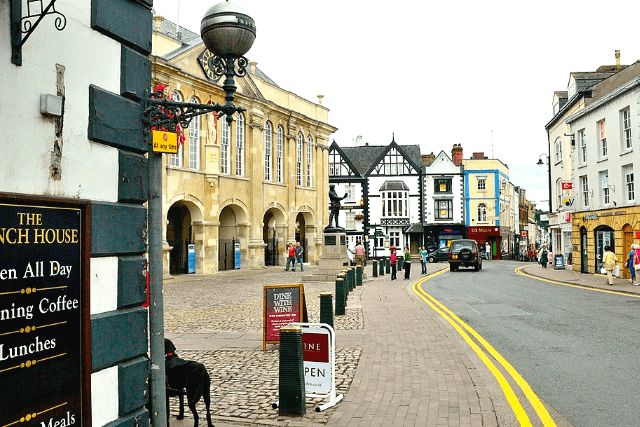
Located roughly 16-miles from the Chepstow starting point, Monmouth is a popular stopping spot for anyone walking the Wye Valley. Near the Forest of Dean and Symonds Yat, Monmouth is a great place to stop along your journey.
Take the load off and explore places like Monmouth Castle, The Nelson Museum and Shire Hall. You will be sure to find a range of activities in Monmouth.
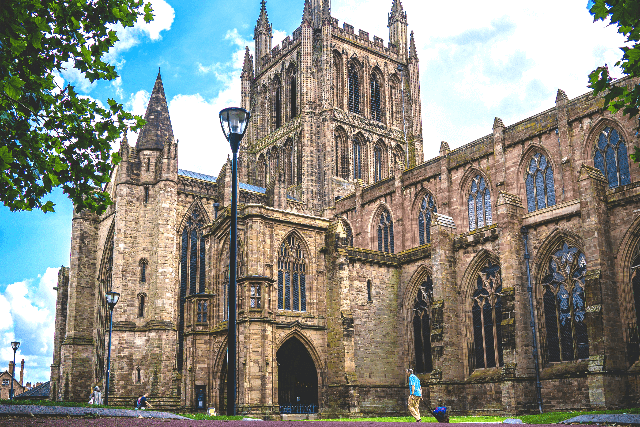
At over a third of the route, Hereford is the biggest city along the path. The city is the perfect place to restock, rest and recuperate along your journey. The city is full of sights, bars, restaurants and photo opportunities.
If you have the time, take a break in Hereford for a few days and spend some time exploring the city.
While Walking the Wye Valley may seem daunting, it can be one of the most rewarding journeys along the Welsh-English border. If you want to make the most of your visit, you can find out more about the things to do in the Wye Valley. Or find the perfect accommodation in one of these Wye Valley cottages.
Image Credits – Nilfanion – (CC BY-SA 4.0); Phil Dolby – (CC BY 2.0); Afshin Taylor Darian – (CC BY 2.0); Mark Fowler – (CC BY-SA 2.0); Mrs Airwolfhound – (CC BY-NC-ND 2.0); Weesam2010 – (CC BY-NC-SA 2.0); Bob Crowther – (CC BY 2.0); David Evans – (CC BY 2.0)